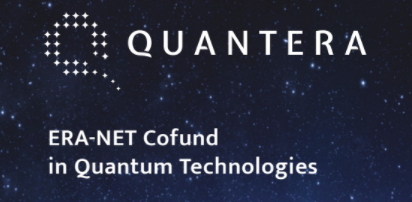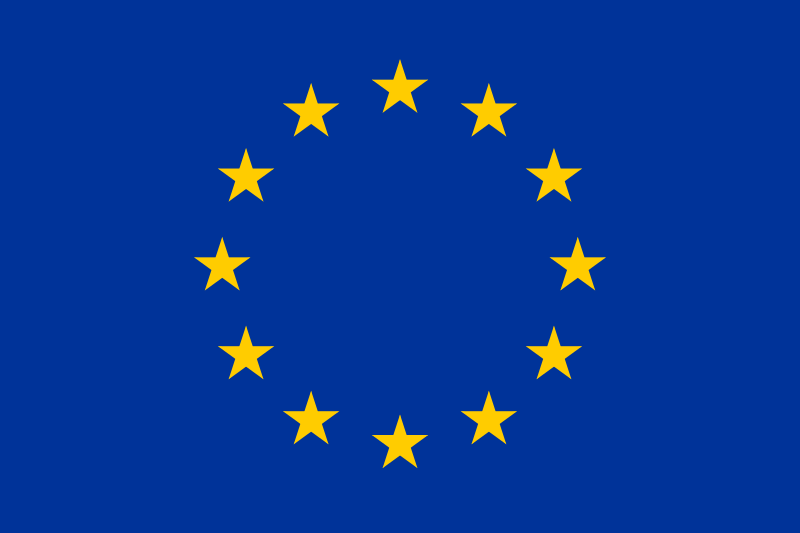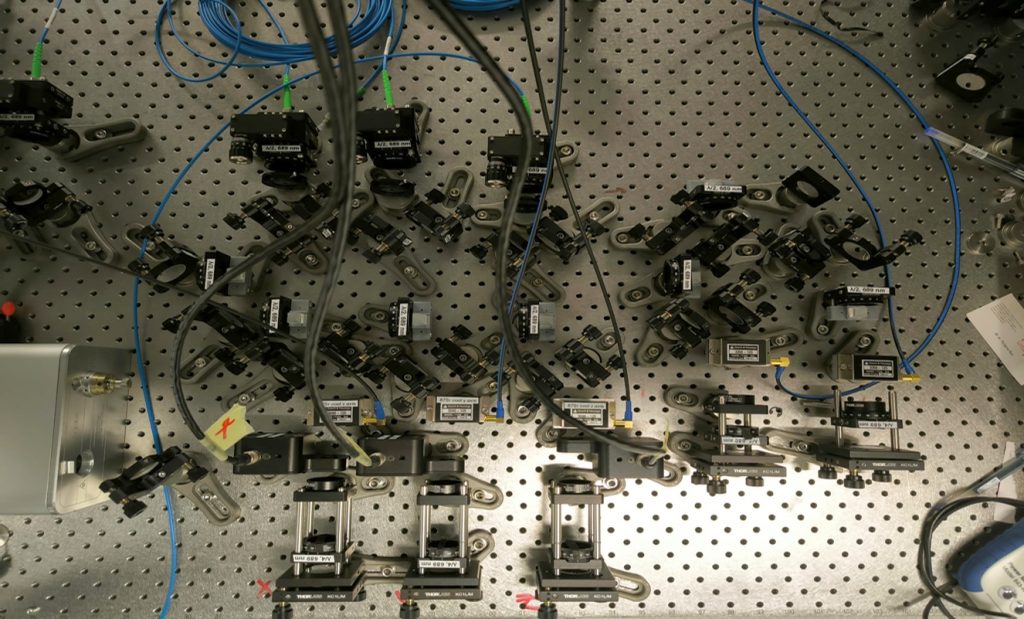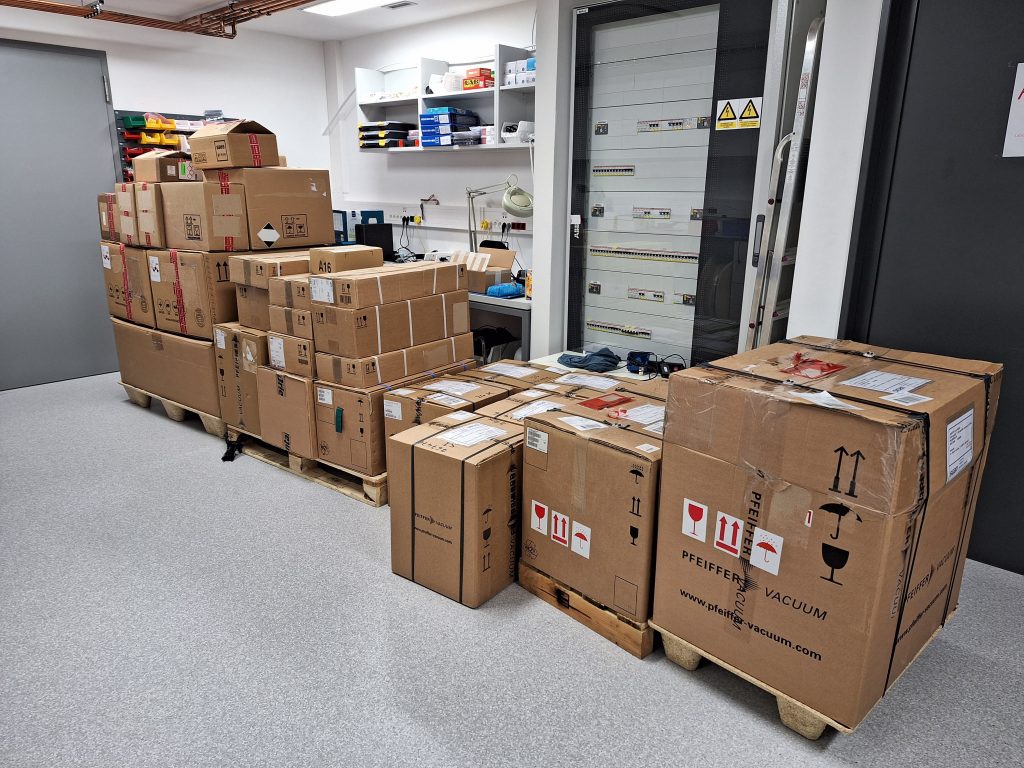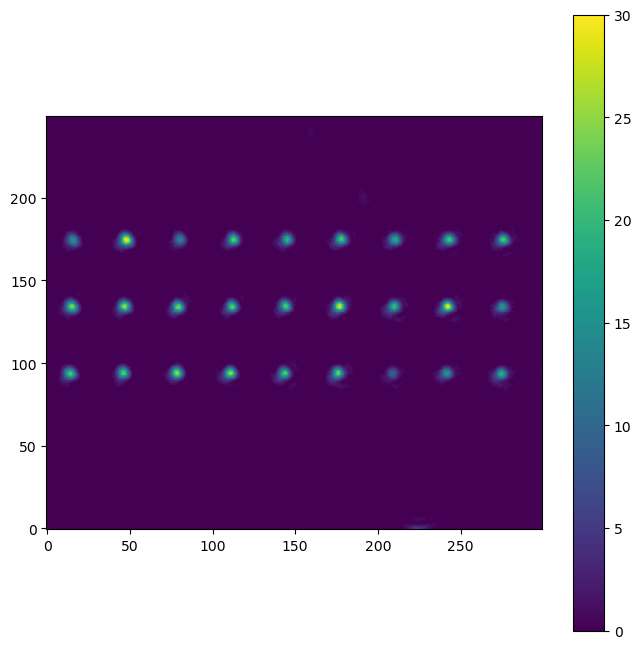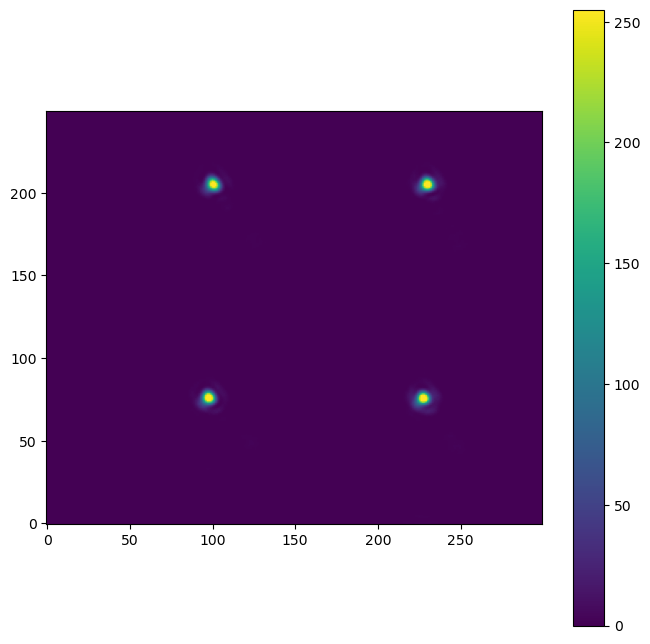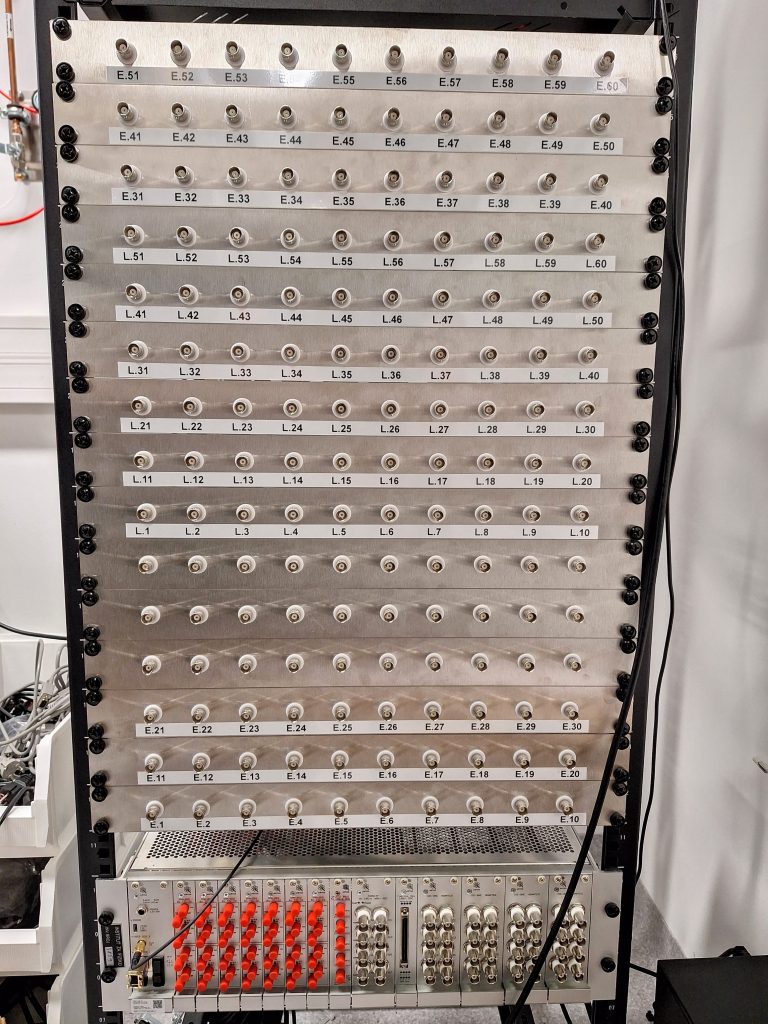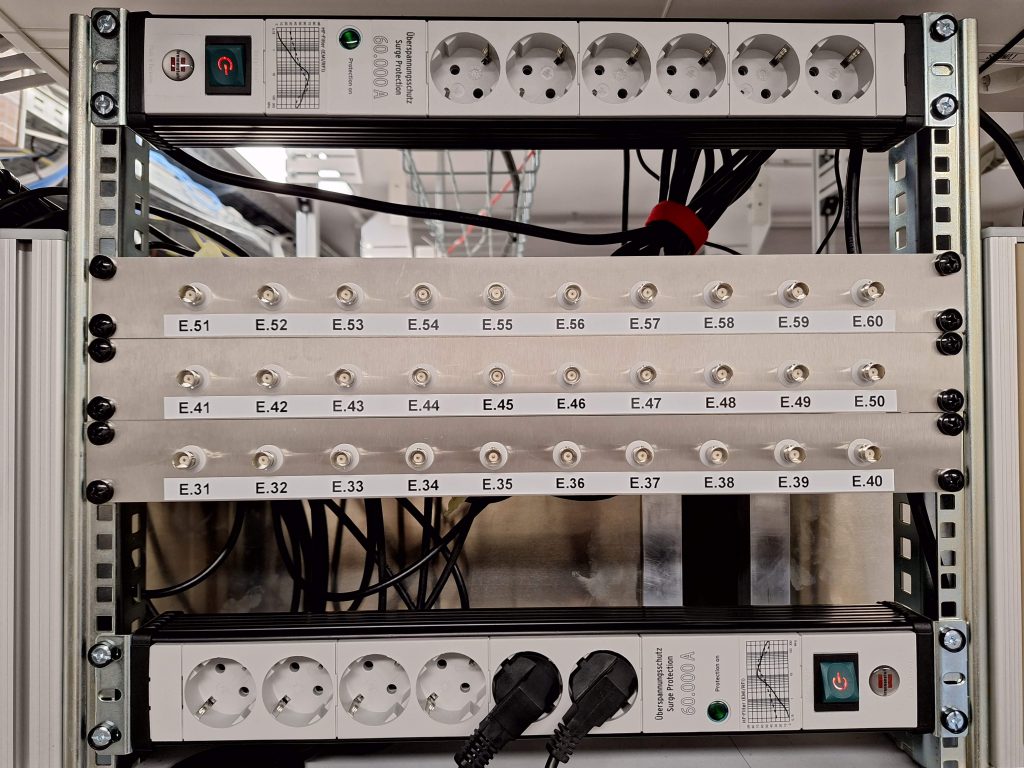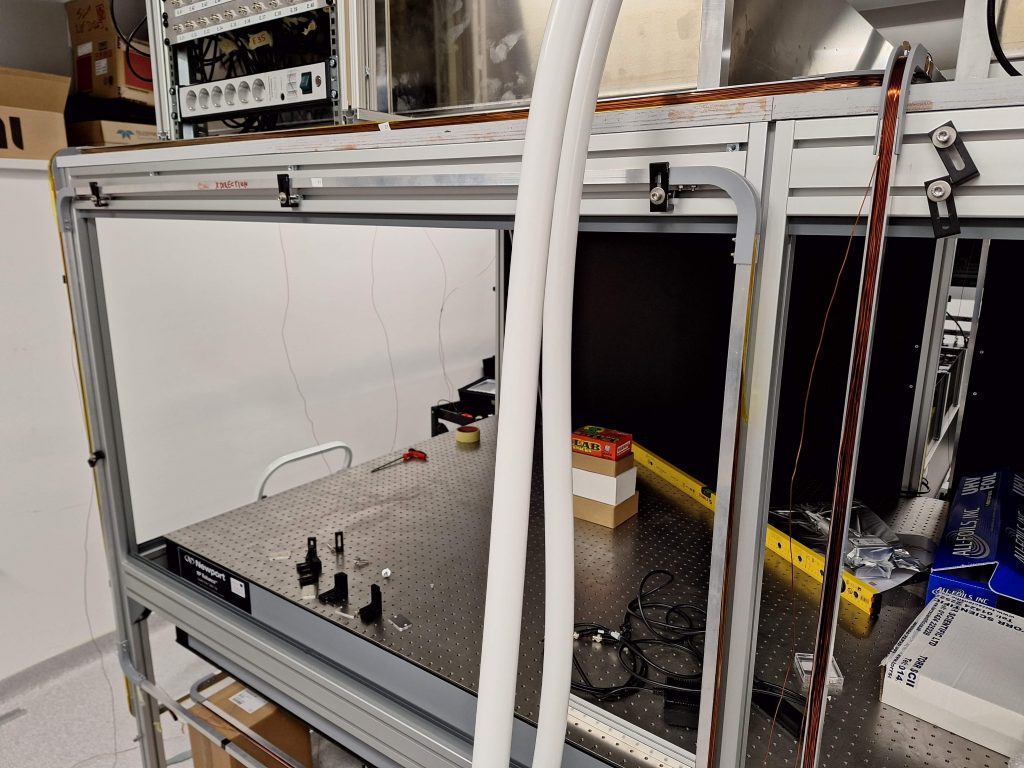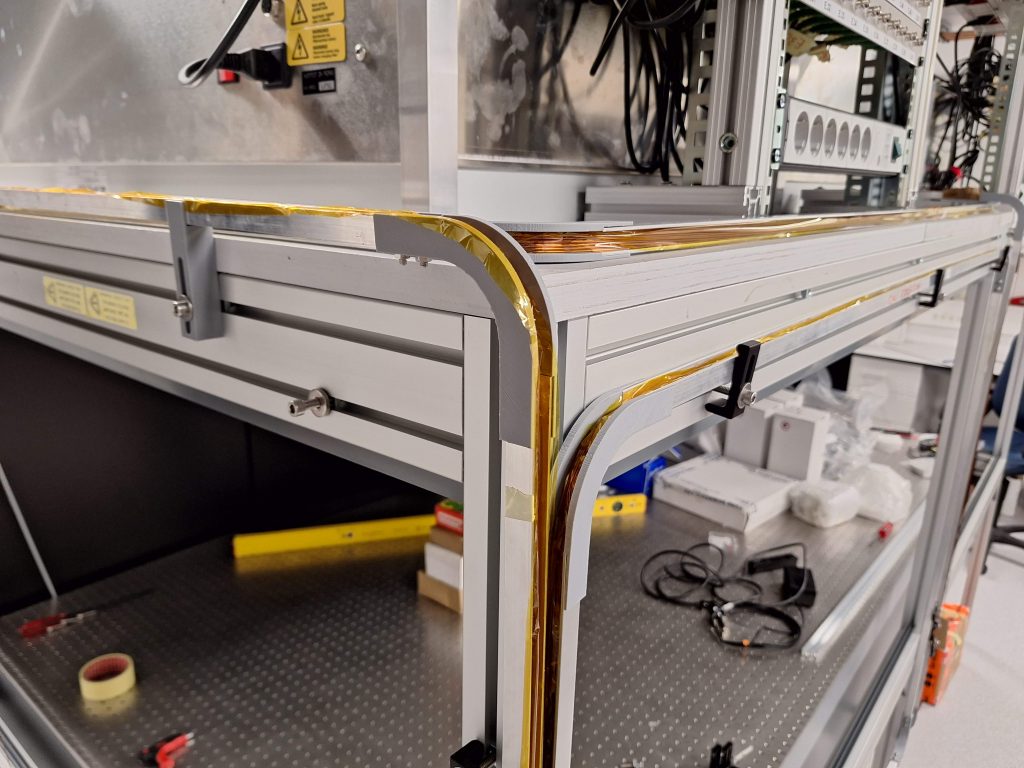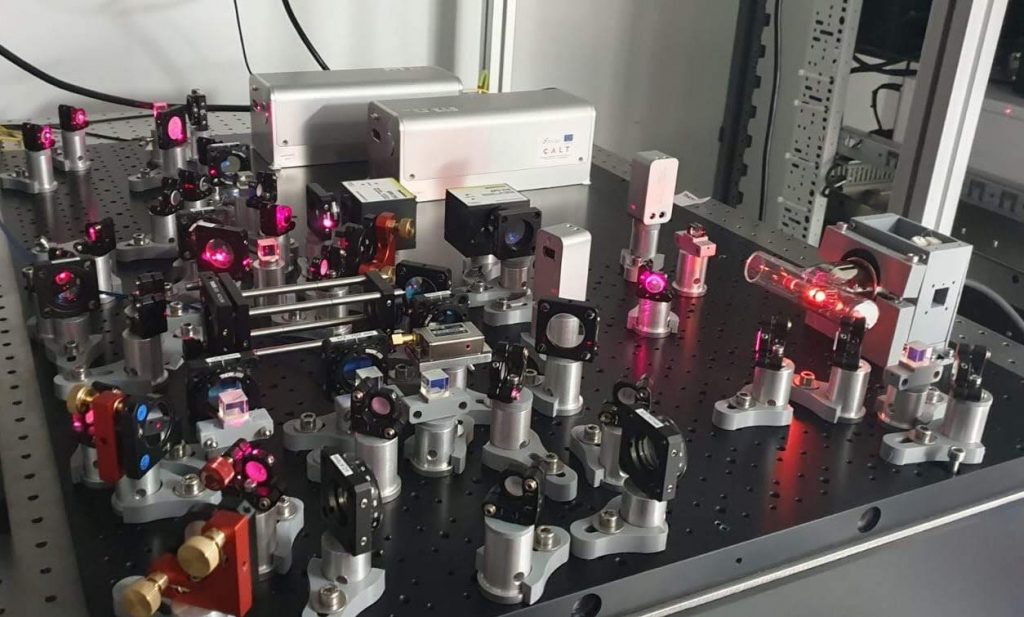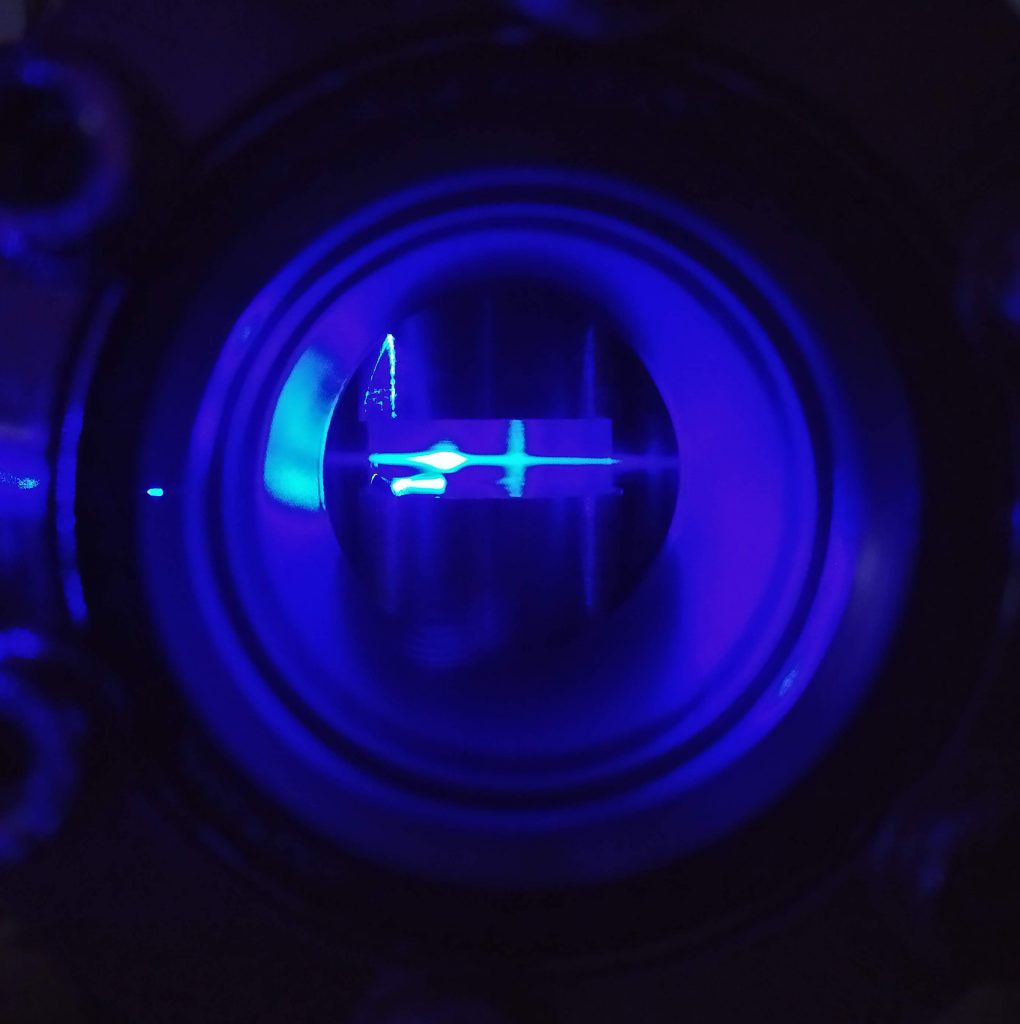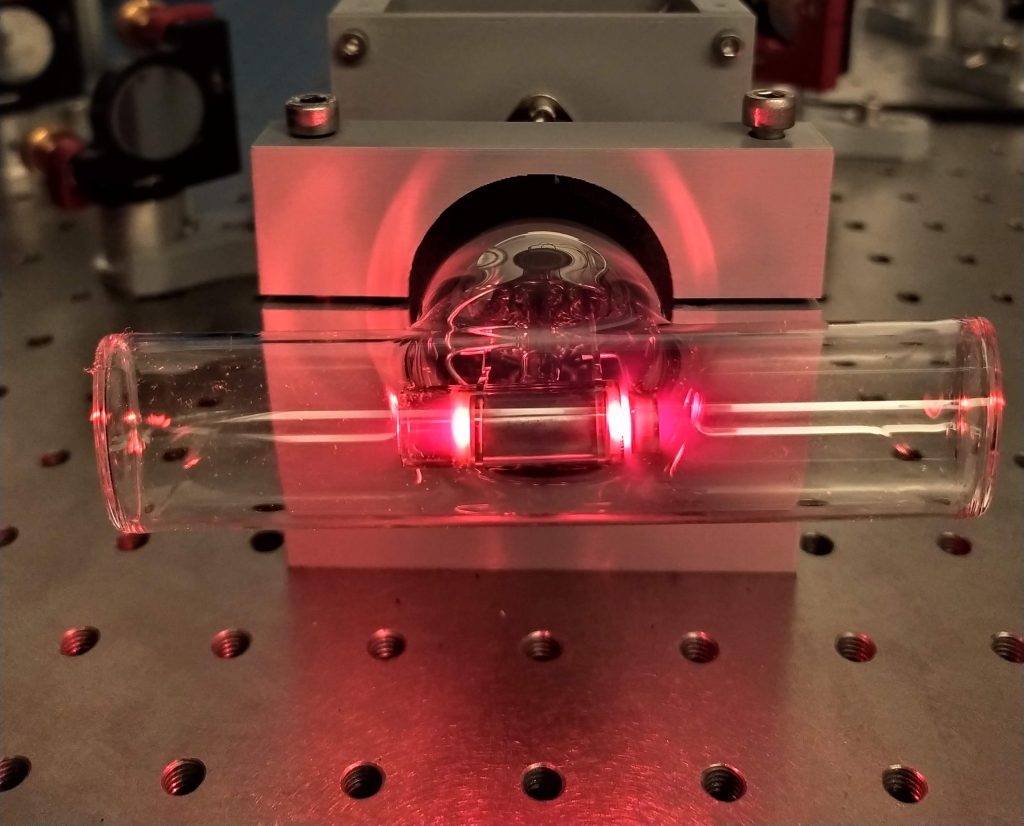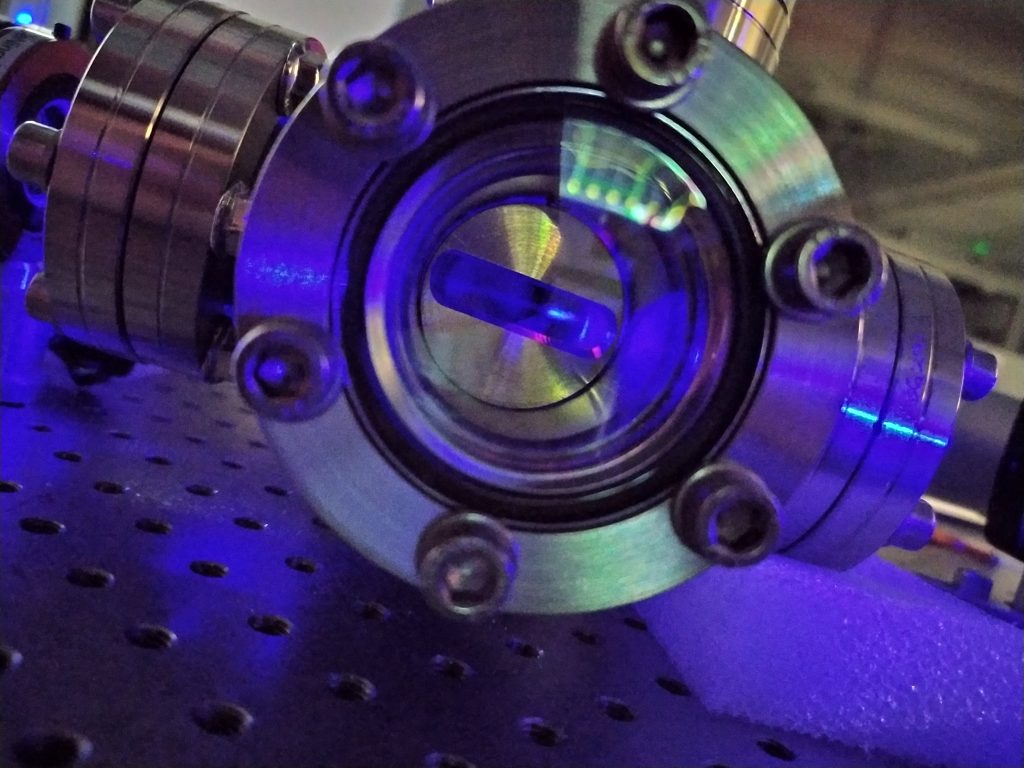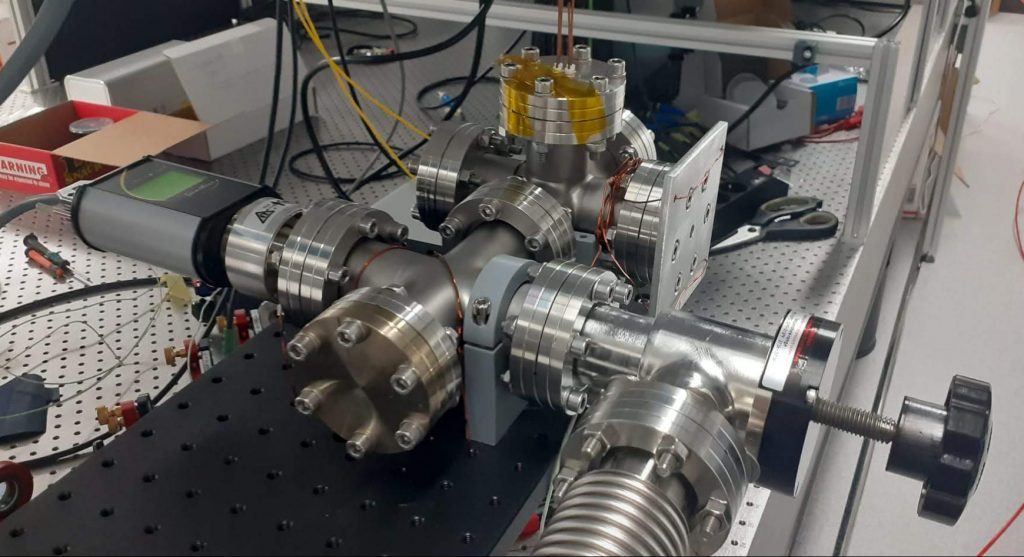The goal of the project is to design, prototype and validate in cutting-edge research applications a new camera tailored to the requirements of qubit readout and control in atomic systems. This camera, together with a dedicated control system, will be a key enabling device for the realization of advanced quantum algorithms, multiqubit operation and error correction protocols in architectures based on cold-atom or trapped-ion qubits. In the proposed project, the camera will be implemented in two proof-of-principle experiments involving cold-atom qubits. In the first application, a novel technique of ultra-low-latency detection of both 3P0 and 3P2 state populations of strontium atoms will be demonstrated. In the second application, the new camera and control system will be validated in a novel interrogation scheme of a hybrid atomic clock, with the goal of radically improving its short-term stability.
The project will be realized in close collaboration between electronics engineers and experimental physicists, in a joint effort of industry and research communities. It will be an important milestone on the way to commercialization of quantum technologies based on cold atoms or trapped ions.
The consortium partners are:
Creotech Instruments S.A. (PI and project coordinator: Dr. Anna Kaminska, coPI: Pawel Zienkiewicz)
Max-Planck-Institut für Quantenoptik (PI: Sebastian Blatt, coPI: Johannes Zeiher
Institute of Physics (PI: Neven Šantić, coPI: Damir Aumiler)
Project news and updates:
2023/08
We built the optical setup for our red MOT laser. Three AOMs for separate control of the three MOT beams and two AOMs generate the stirring beam.
2023/07
Vacuum components finally arrived after a lengthy delay.
2023/06
These are some of the images generated by our spatial light modulator for testing purposes.
2023/05
We built a fiber noise cancelation setup for our clock laser. Testing is in progress.
2023/04
Our Sinara control system is tested and ready to go with all the wiring to the experiment and laser table done.
2023/03
We wound and installed our bias coils.
2023/02
We built the optical setup to beat our repump lasers with our frequency comb. This will allow us to phase lock both repumps to the comb making them phase coherent.
2023/01
Our second spectroscopy cell based on dispensers is built.
2022/12
We observed Autler–Townes splitting (or the AC Stark effect) on the 5s5p1P1 – 5s5d1D2 transition.
2022/11
We stabilized our titanium sapphire laser to our HighFinesse wavemeter with a digital PID. The steps in the signal are different (optical!) frequency set points with only 10 MHz in-between.
2022/10
We observed the first signal when scanning over the 5s5p1P1 – 5s5d1D2 transition! We see a dip in the fluorescence at 461 nm when we scan over the line because we transfer some population to the 1D2 state.
2022/09
Our new hollow cathode spectroscopy lamp is also online. The nice thing is that the discharge also creates strontium atoms in excited states so you can, for example, observe the 3P2 – 3S1 transition. There’s only about 2% absorption, but with a differential photodiode the signal looks pretty nice, see right image. The red-orange color comes from the neon buffer gas.
2022/08
We have a nice modulation transfer spectroscopy signal from our new spectroscopy cell. In the figures bellow you can see the absorption signal on the left, as well as the demodulated signal on the right. The demodulated signal has a dispersive shape that is suitable for laser stabilization, specifically of our 461 nm blue cooling laser.
2022/07
We built our first spectroscopy cell with strontium dispensers and saw first fluorescence on 461 nm!



